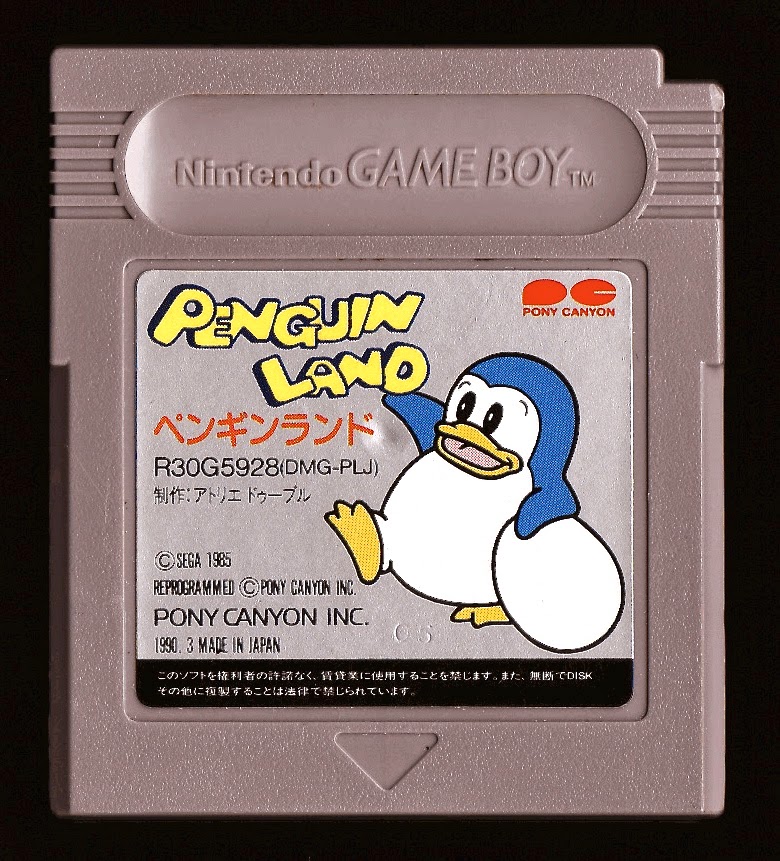The same can't be said of this 1990 release's box art, which I find almost bizarrely ugly.
In fact, I found it so off-putting when I first bought my copy of the game that I waited over a year to open its instruction booklet--because I assumed it, too, was hideous.
Boy, was I wrong.
The Osawagase! Penguin Boy manual may not qualify as a stunner--like the manuals made for Bubble Bobble, Ghostbusters 2, and Kaeru no Tame ni Kane wa Naru surely are--but it's lovely nonetheless.

One reason for that is the manual made for Osawagase! Penguin Boy, renamed Amazing Penguin when it hit the streets of North America in 1991, kicks off with a multi-page comic. Yes, à la the Snow Bros. Jr. manual.

Said comic looks pretty hilarious, too. Not that I full understand everything that goes on within it, mind you.

Still, the high-quality illustrations nearly make the entire package--and I'm including the box and game cartridge here--worth the price of admission all on their own.

Interestingly, the Osawagase! Penguin Boy manual waits until the sixth page to detail the game's story. I guess its designers really wanted to rope in readers with the comic strip.

Next, we have some explanation as to how Osawagase! Penguin Boy plays. It's a fun little game, by the way, if you've yet to experience it for yourself. It's a bit like Taito's Qix, though cuter and more energetic.

Also, you get to kick objects at on-coming enemies in Osawagase! Penguin Boy. It's surprisingly satisfying.

Speaking of satisfying, that's just one of the words I'd use to describe the manual spread that showcases Osawagase! Penguin Boy's enemies. I mean, what's up with that bear character? Is he riding a cloud, or a baguette? Also, props to the bird boss exclaiming, "Love and Peace!"

Sadly, I have no clue--or little clue--as to the focus of these last two pages. I know the header on the left-hand page says something like "First Present!" but what does that mean?
If any of you have a better understanding of Japanese than I do (not a high bar to clear, if I'm to be honest) and can educate the rest of us as to what's going on in the final spread of the Osawagase! Penguin Boy instruction booklet, I'd be beyond thankful.
See also: the Japanese Penguin-kun Wars Vs. and Penguin Land GameBoy manuals




































